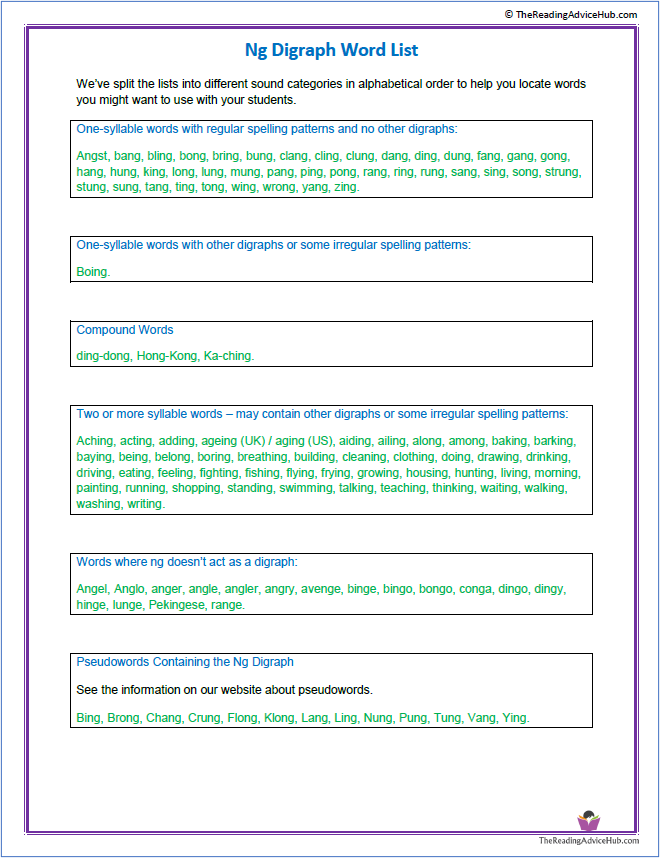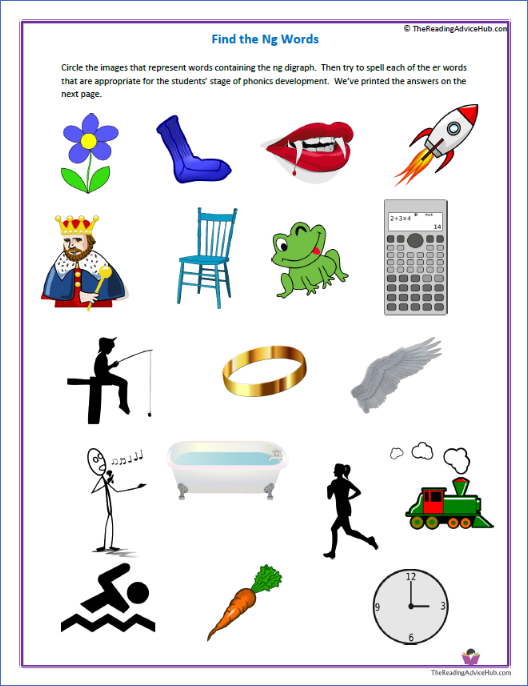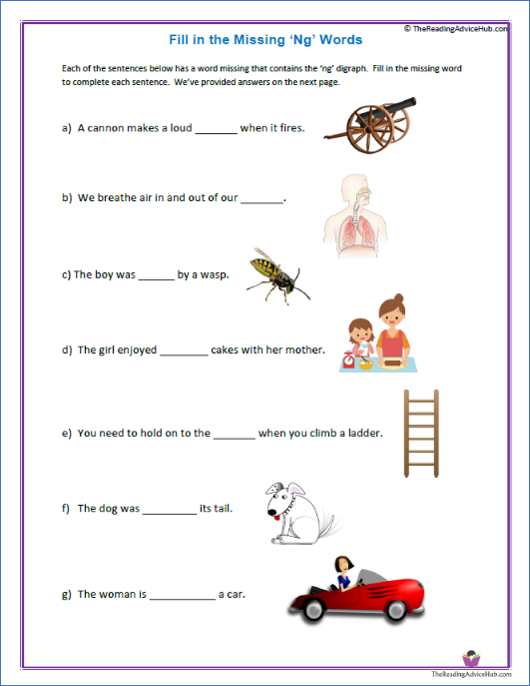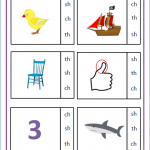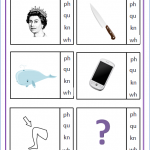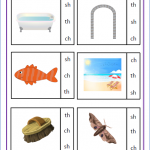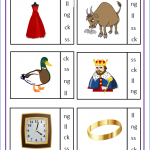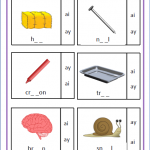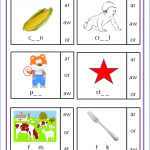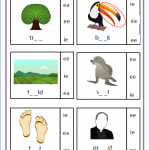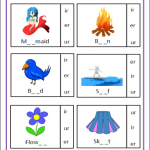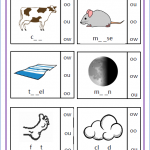Ng digraph examples, word lists, free worksheets, games for phonics teaching.
Ng Digraph Sounds
The ‘ng’ digraph is a common grapheme in written English that’s used in a variety of high-frequency words such as long, king, thing, coming, going and morning.
Ng always represents the same sound when it’s found at the end of words and this phoneme is represented by the symbol /ng/ in popular phonics programmes such as Jolly Phonics and Letters and sounds. The International Phonetic Alphabet (IPA) symbol for this sound is ŋ.
The ŋ sound can also be represented by the letter n on its own when it’s placed before a letter c or k as in zinc and think.
Some non-native English speakers can find pronouncing the /ng/ sound difficult at first; the Sounds American video below provides useful guidance on this:
Non-native English students might also have trouble differentiating between the ŋ sound and the /n/ sound, so they might be unsure how to say the words ‘thing’ and ‘thin’ correctly. Sounds American also provide useful guidance on this issue:
There is also some variation in how native English speakers with different accents pronounce words with the ng letter combination and this helpful article on the ŋ sound from the pronunciation studio provides examples of these differences.
It’s worth noting that the ng letter combination doesn’t always act as a true digraph when it’s found at the boundary between syllables in the middle of words. For example, in the words angry, finger and mango, the letter n represents the ŋ sound on its own, and the letter g is pronounced as a separate sound at the start of the second syllable:
an-gry, fin-ger, man-go
In the word ‘Pekingese’, the ŋ sound isn’t pronounced at all.
However, ng can still act as a true digraph in the middle of some 2-syllable words. For example, ‘hanger’ and ‘wrongly’.
The sound represented by the ng letter combination also changes when it’s followed by the letter e at the end of a word. For example, in words such as hinge, binge, lunge and range the letter n is pronounced as an individual sound, and the letters g and e represent a different sound /j/ (dʒ).
Teaching the Ng digraph
Since the digraph is quite common in children’s literature, it makes sense to teach it quite early in a phonics programme.
However, it’s best to wait until children can recognise individual letters and say the sounds they represent accurately and fluently.
It’s also helpful if children are able to blend and segment simple words such as CVC words and other one-syllable words before digraphs are taught.
The ng digraph is taught in phase 3 of the Letters and Sounds phonics programme which is broadly followed in many schools in England. This phase starts in the second half of the first term in reception when children are aged between 4 and 5 years old.
Introduce the digraph by showing children how to decode and blend some simple examples of words from the word list below and then get them to read some words for you.
In addition to practising reading the words, they should also practise spelling them.
If children have trouble doing this, show them how to make the words with alphabet cards. Say the sounds as you put the cards down then shuffle the cards and ask them to make up the word again.
When you are demonstrating spelling these words with alphabet cards, put the n and g down at the same time as you say the sound just once.
See our articles on teaching digraphs and spelling with phonics for more guidance.
You can also use some online resources to provide variety. For example, Reading Bear has a set of presentations for ‘ng words’.
The Little Learner’s video below is useful to show children how to sound out and blend some simple words containing this digraph…
And this next video adds a bit of musicality that might help to engage some children:
Ng Digraph Word List
We’ve split the lists into different categories in alphabetical order to help you locate words you might want to use with your students.
Initially, it can help to use words that students are familiar with, but as they get more proficient, it’s good to introduce some new words to expand their vocabulary and refine their decoding skills.
Click on the following link or the image below to download a free printable pdf version of this word list.
One-syllable words with regular spelling patterns and no other digraphs:
Angst, bang, bling, bong, bring, bung, clang, cling, clung, dang, ding, dung, fang, gang, gong, hang, hung, king, long, lung, mung, pang, ping, pong, rang, ring, rung, sang, sing, song, strung, stung, sung, tang, ting, tong, wing, wrong, yang, zing.
One-syllable words with other digraphs or some irregular spelling patterns:
Boing.
Compound Words:
ding-dong, Hong-Kong, Ka-ching.
Two or more syllable words – may contain other digraphs or some irregular spelling patterns:
Aching, acting, adding, ageing (UK)/aging (US), aiding, ailing, along, among, baking, baying, being, belong, boring, breathing, building, cleaning, clothing, doing, drawing, drinking, driving, eating, feeling, fighting, fishing, flying, frying, growing, housing, hunting, living, morning, painting, running, shopping, standing, swimming, talking, teaching, thinking, waiting, walking, washing, writing.
Words where ng doesn’t act as a digraph:
Angel, Anglo, anger, angle, angler, angry, avenge, binge, bingo, bongo, conga, dingo, dingy, hinge, lunge, Pekingese, range.
Pseudo-words Containing the ng Digraph:
You will notice that we’ve also included pseudo-words in the word list. These are sometimes described as non-words or nonsense words and they’re used in some phonics programmes and in the UK Phonics Screening Check.
These words are designed to assess whether children are capable of decoding words that are unfamiliar to them.
Normally, a pseudo-word will be presented next to an image of a monster or an alien, and the child is told that the word represents the creature’s name. The examples below are from the 2017 phonics screening check.
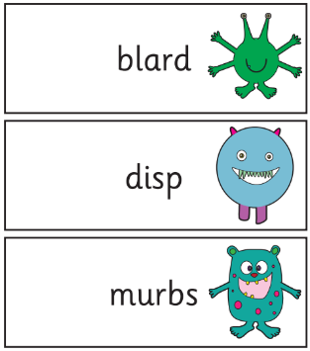
As you can see, some of the pseudo-words contain digraphs and blends, so we’ve included some example pseudo-words below that contain the ng digraph. You could use some of these as practice words for a screening check or as part of a less formal assessment of a child’s decoding ability.
Some of the words in the list might have a real meaning in some regions, groups or sub-cultures, but they will be unfamiliar to most children so can be used alongside genuine pseudo-words.
Bing, Brong, Chang, Crung, Flong, Klong, Lang, Ling, Nung, Pung, Tung, Vang, Ying.
Ng Digraph Worksheets
We’ve created the following worksheets that you to download for free. Click on the headings or the images below to access these resources.
Children need to decide which pictures represent words that contain the ck digraph. They can also try to spell the words. We’ve also created a PowerPoint version of this resource if you want to display it to a class.
Each of the sentences on the worksheet has a word missing that contains the ‘ng’ digraph. Children need to fill in the missing word to complete each sentence. We’ve also created a PowerPoint version of this resource if you want to display it to a class.
Circle the Final Digraph – ck, ll, ng, ss
Children have to choose the correct digraph to complete the spelling of each word.
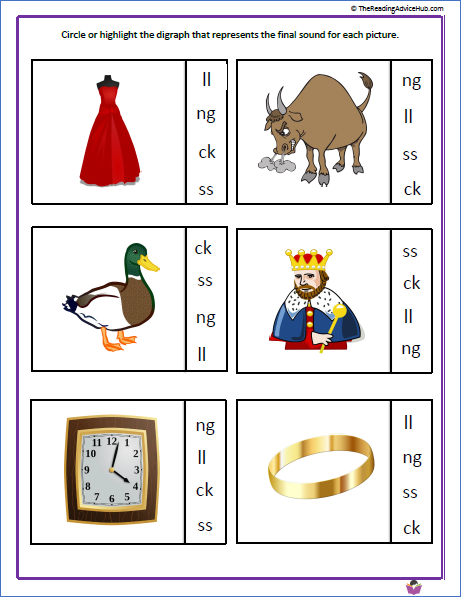
Ng Digraph Phonics Games Online
The spellzone website has some free games using words containing the ng digraph. They also have a variety of other games that require you to sign up and pay a subscription, but they do offer a free trial.
Click on the following link for the spellzone games:
The SplashLearn website also has some activities for practising blending and spelling ng words. You have to sign up to access all the activities but it’s free to try it.
Other Free Digraph Resources
A variety of free worksheets and other resources for a number of common digraphs.
